Most powerful aircraft engine ever made will power the world's biggest twin jet, the Boeing 777X
May 14, 2025By ePlane AI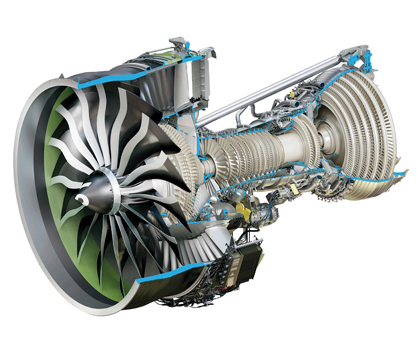
Introduction to the Boeing 777X
Move over, jumbo jets, the Boeing 777X is here, and it’s bringing some serious muscle. It is the biggest twin-engine jetliner ever built, and the latest edition of Boeing’s iconic 777 family. The aircraft will be powered by the GE9X, the most powerful aircraft engine in the history of commercial aviation. And while bigger isn’t always better, the 777X experience is probably more comfortable than being stuck in a turboprop. VISIT SBX CARS – View live supercar auctions powered by Supercar Blondie
Impressive Power and Efficiency
The GE9X Engine
Let’s talk numbers. The GE9X can producing a staggering 105,000 pounds of thrust. In case you have a hard time visualizing this, that’s enough power to launch a small rocket. And if you’re having a hard time believing this, the 777X proved this in 2022 when it took off nearly vertically, just like a rocket. With a fan diameter wider than a Boeing 737’s fuselage, the GE9X is definitely a massive beast.
Boeing teamed up with General Electric (GE) to make sure the engine had both brawn and brains. Thanks to cutting-edge materials like ceramic composites and 3D-printed parts, the GE9X is smarter, lighter, and way more efficient than older engines. Boeing claims that the 777X uses 10 percent less fuel than its competitors, which is great for both airlines and the planet.
Aircraft Features and Comfort
While the Boeing 777X is certainly the biggest plane around, size is not its only advantage. The 777X is big on comfort, sustainability and range, which is great for passengers. This behemoth can fly up to 426 passengers across continents, like New York to Sydney, with fewer emissions and less noise. Thanks to the GE9X, it purrs rather than roars (relatively speaking), which is great for avoiding thousands of aircraft noise complaints.
And it’s not just the engine doing the heavy lifting. The plane itself has folding wingtips, sleek new aerodynamics, and a cabin designed to make long-haul flights feel more enjoyable.
Certification and Delivery
If all of this has gotten you excited, there’s good news. The Boeing 777X has already earned certification from the Federal Aviation Administration (FAA), meaning that it’s ready for action. The company expects to deliver the first bodies in 2026, with its first customer being German airline Lufthansa. Boeing’s biggest customer, Emirates, has also ordered 205 units of the 777X, meaning that you could soon give your supercar the VIP treatment on the new aircraft.
DISCOVER SBX CARS: The global premium car auction platform powered by Supercar Blondie
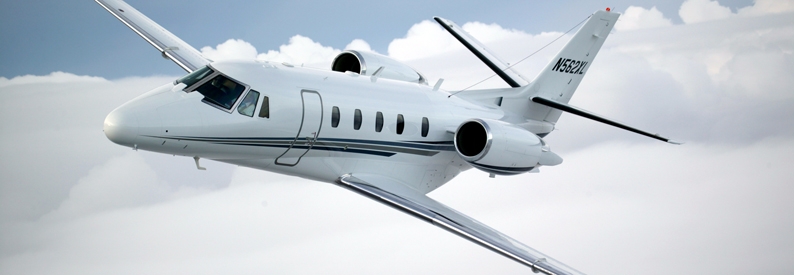
India's Nav Durga Aviation launches executive jet operations
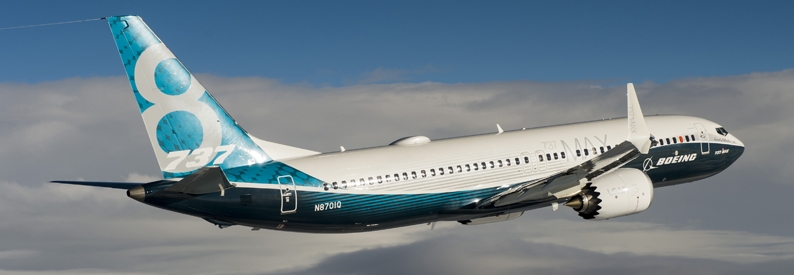
Boeing resuming China deliveries, sorting production issues
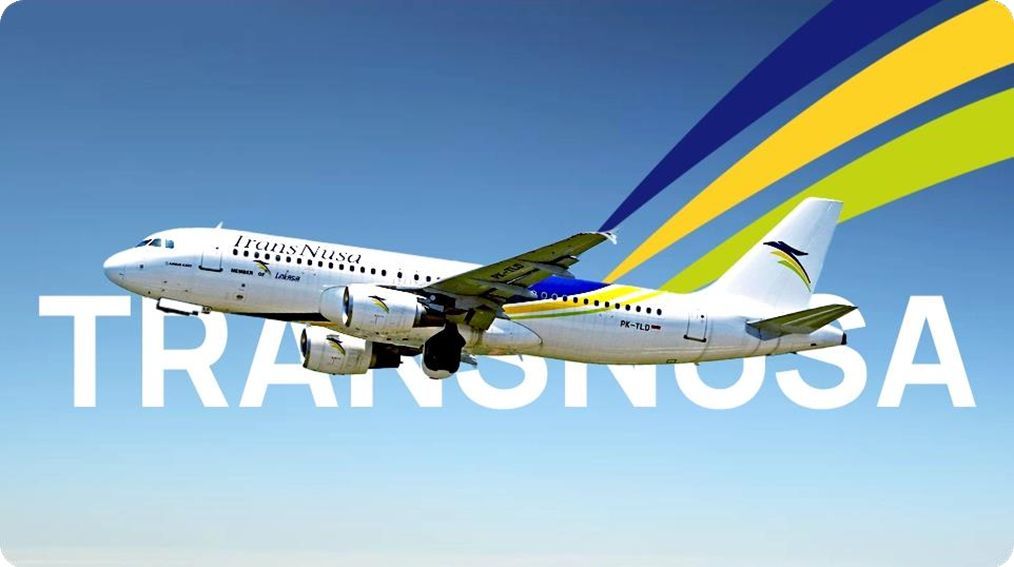
TransNusa doubles down on Perth, discontinuing LCC model
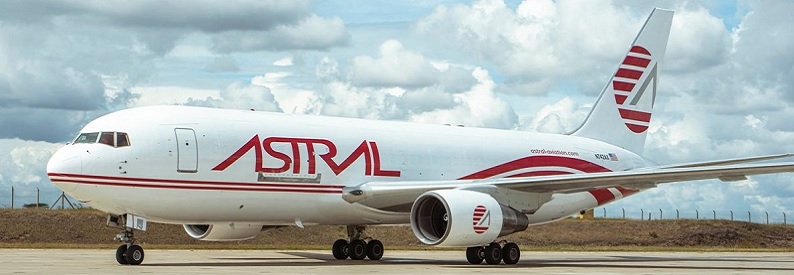
Kenya's Astral Aviation flies to Brisbane for AUS Air Cargo

India should be viewed as an aviation value chain leader, not just a market, says PM Modi

PM Modi Invites Global Companies To Invest In India's Fast-Growing Aviation Sector
.png)
SEA Earns FAA STC for Cessna Caravan 208 and 208B Console and Sensor Mount

Commercial MRO Provider DTX Group Launches In Dubai

Episode 51: Inside Law Enforcement Helicopter Maintenance with Richard Weiser Part I
